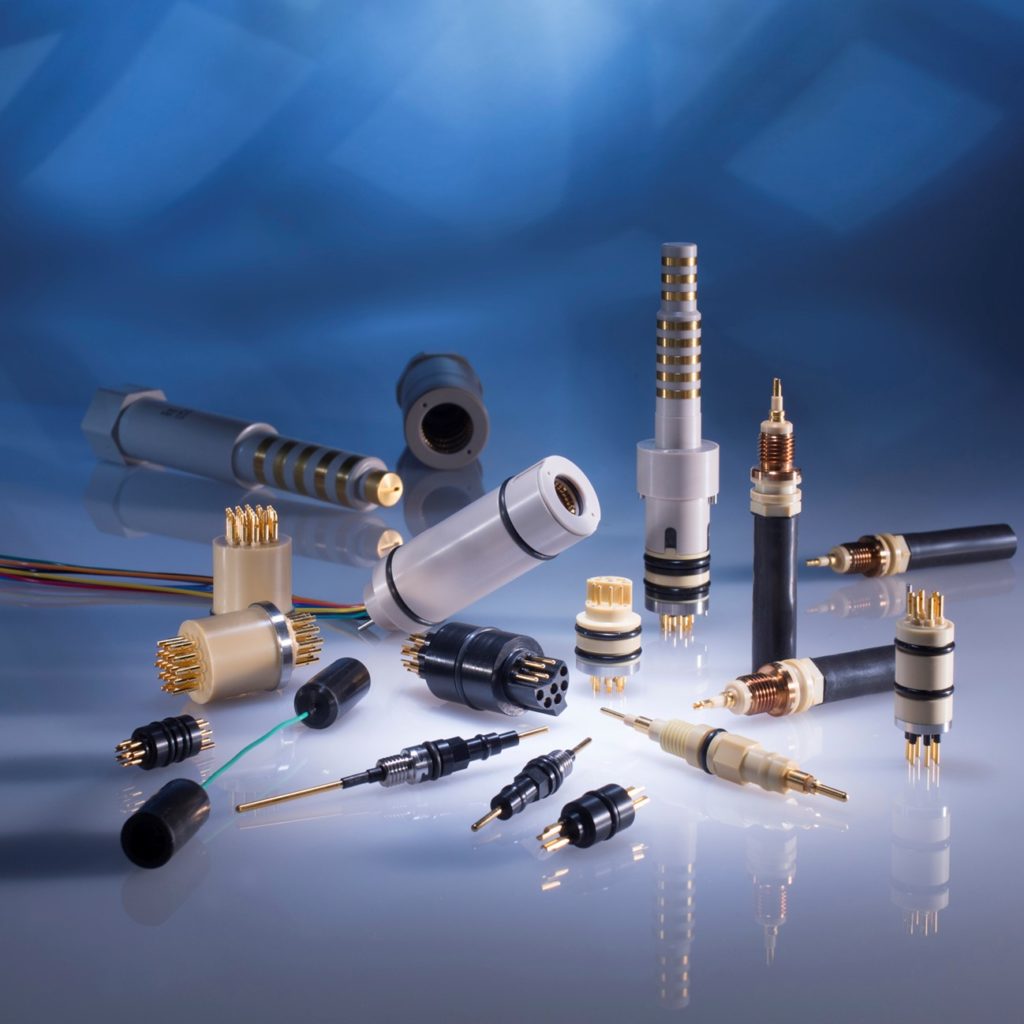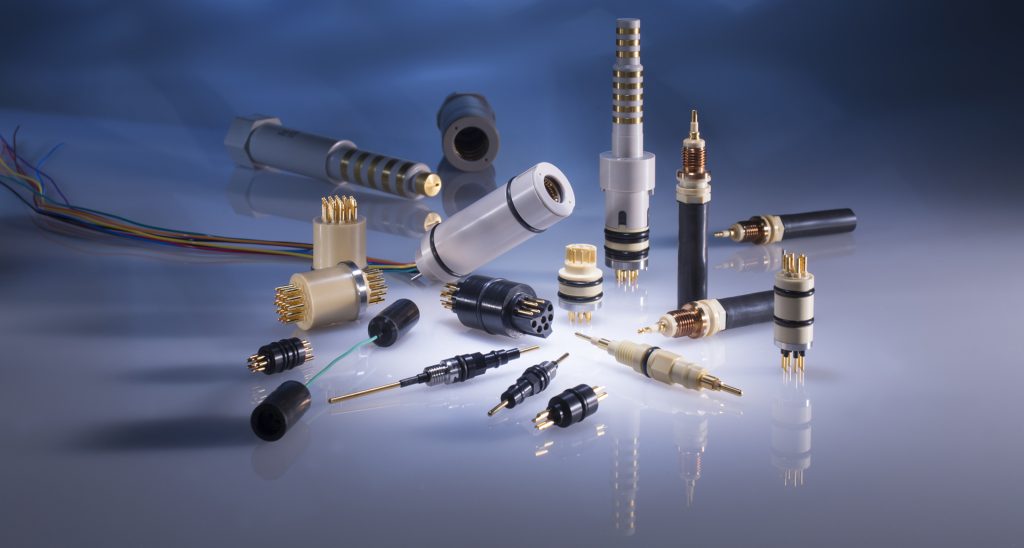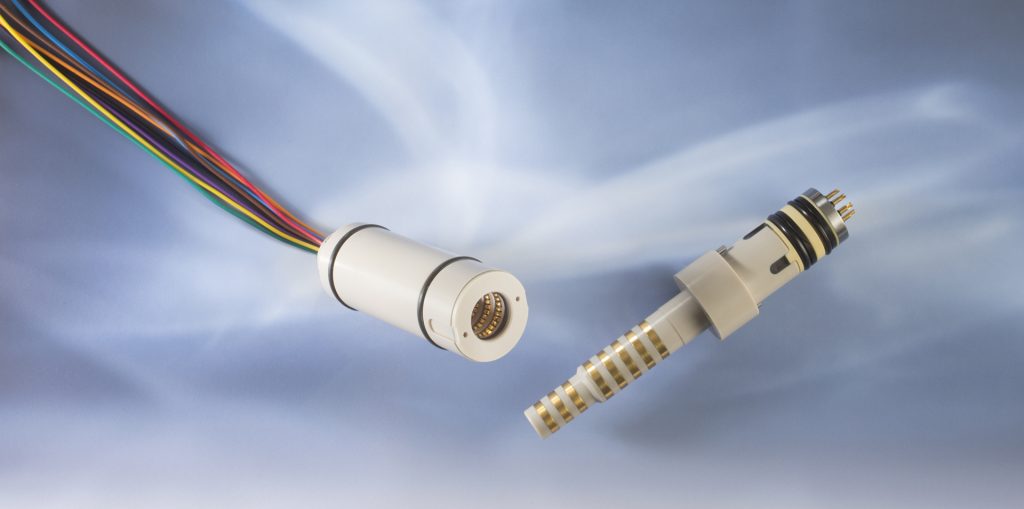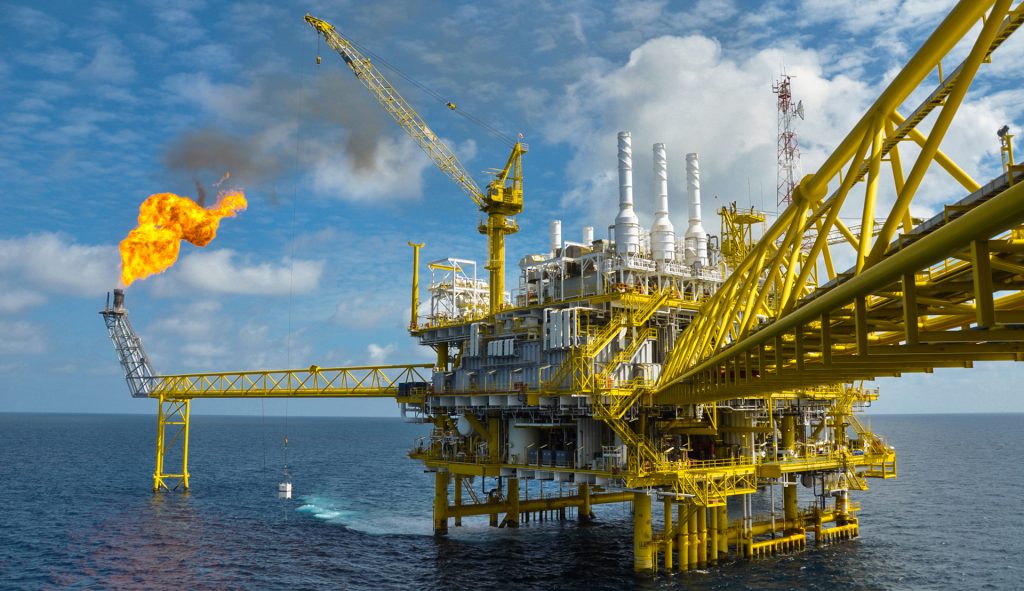PAEK vs Glass-to-Metal Sealed Connectors

While the traditional method of Glass-to-Metal Seal (GTMS) connectors serves as an effective hermetic barrier and electrical insulator for a broad spectrum of medical, automotive, aerospace, military, and low-pressure geophysical applications, advanced thermoplastics developed over the past three decades have proven to be a superior solution for the most extreme operating environments.
Within the PAEK (Polyaryletherketone) thermoplastics category, an evolving set of new PEEK (polyetheretherketone) and PEK (polyetherketone) compounds provide the thermal stability, mechanical strength, low wear, chemical resistance, insulation resistance, and pin density required for the most demanding electrical connector applications, including aircraft engines and HPHT (High Pressure, High Temperature) oil & gas drilling operations.

Glass sealing
Since the 17th century, glass-to-metal seals have provided airtight barriers and have been developed to provide a combination of hermetic sealing and electrical insulation. Within a glass-to-metal sealed connector, glass is melted to encapsulate both the metal pin and the package to provide conductive insulation between the housing and the pins. A visible oxide layer is formed on the metal components which allows glass flow and adhesion. The strength of the seal is limited by the oxide layer. An additional step is required during the manufacturing process to remove the oxide from the other surfaces of the connector, which risks possible contamination.
Glass is a good electrical insulator and it has low thermal conductivity, along with the capacity to withstand high operational pressure and temperature. However, the limitations of glass-to-metal seals become apparent when put to the test under extreme operating parameters. These limitations are twofold:
- Material properties of glass — Glass is rigid and brittle, making it prone to cracking under mechanical stresses of high pressure, shock, and vibration, especially in combination with extreme thermal cycling.
- Constraints of the manufacturing process — The difficulty of melting glass and its viscosity when molten impose constraints on the types of metals that can be used.
Matching the glass with the metal
Glass-to-metal seals are formed through a melting process at high temperatures, often exceeding 900 °C, followed by rapid cooling. The creation of a strong, resilient seal requires the matching of the coefficient of thermal expansion (CTE) between the glass and the metal materials. CTE is the extent to which a material expands and contracts when subjected to temperature change. During the heating and cooling process, the rate at which the volume changes of the two materials must remain in sync, otherwise thermally produced stresses are induced, as one material expands at a faster rate than the other(s).
Due to the inherent rigidity and brittleness of glass, the management of any CTE mismatch is critical to avoid tension and stress on the joint that can result in voids, separation between the glass and the metal, or a breakdown in the structural integrity of the glass. The glass-to-metal seal not only has to survive the melting process during manufacturing but also must withstand the thousands of thermal cycles under actual operating conditions.
This requirement of matching the CTE of the metal and the glass limits the choice of metal material. Kovar has extensively been used for packaging in glass-to-metal seals because its linear thermal expansion coefficient value of 5.5 × 10–6/K from 20 to 200 °C and 4.9 × 10–6/K at 400 °C closely matches the CTE of borosilicate glass. Feedthrough pins composed of nickel alloys and stainless steel are similarly chosen for the necessary thermophysical properties. However, these materials involve significant compromises in electrical conductivity — the main purpose of an electrical connector.
PEEK and PEK Addresses Shortcomings of Glass
The introduction of PEEK and PEK electrical connectors overcomes the inherent weaknesses of glass-to-metal connectors. The CTE of thermoplastic material does not need to be matched to the metal, allowing optimization of the electrical properties of the metal feedthrough pins. Without the constraint of matching thermal expansion coefficients, conductor materials can be chosen to fit the application rather than the method of manufacture.
For example, beryllium copper (BeCu) can be utilized which provides lower electrical resistance compared to Inconel and stainless steel. The more efficient conductivity allows more current to pass through while generating less heat. That means more reliable power and signal transmission.
With higher electrical conductivity, smaller pin diameters are possible, enabling significantly higher pin density and more flexibility in the pin pattern design, resulting in smaller overall connector size. Injection molding processes with plastics are also better suited to manufacturing very small parts than the glass melting process. The lighter thermoplastic material, combined with the smaller size of the pins and the overall connector, results in a significant reduction in weight compared to GTMS connectors. With applications in the aerospace, subsea, and energy industries, component weight and dimensional size are critical to the overall subsystem performance.

An important difference between PEEK and glass is the geometry of the internal seal, where the insulative material encapsulates each metal pin. PEEK connectors are manufactured through an injection molding process where PEEK is overmolded onto the pin. Through this method, the seal extends along the length of the metal pin. Therefore, the bond is more durable than rigid glass seals. Internal stresses in glass seals or uneven thermal expansion of the metal contact can cause cracks in the sealing surface, which lead to premature part failure. PEEK’s lower glass transition temperature allows for slight deformation while under pressure load or vibration. By overmolding the metal contacts, the connector is tolerant of slight mating misalignment and is less sensitive to mishandling during installation and damage due to mechanical shock. Bent pins can be realigned without the need to discard the part.
Most demanding applications
In applications where reliability and consistent performance are critical, such as aircraft engines and deep downhole drilling operations, PEEK and PEK electrical connectors offer several important benefits:
- Reliable power and signal transmission - Compatibility with optimal metal pin material, such as beryllium copper
- HPHT applications - Up to 232°C (450°F) and up to 35,000 psi, and with specialized advanced cross-linked PEEK thermoplastic, up to 260°C (500°F) and 45,000 psi. Resilience to rapid and extreme pressure and temperature cycling
- Chemical resilience - Hydrogen sulfide, methanol, drilling fluids, well product, etc.
- Mechanical strength - Resilience to shock and vibration without loss of continuity
- Durability - Less sensitive to damage from mishandling

Thermoplastics Outperform Glass
PEEK and PEK overcome the limitations of glass to provide superior performance under the most demanding operating conditions. The material properties of thermoplastics overcome the rigidity and brittleness of glass to provide far greater resilience to mechanical stresses of pressure, shock, and vibration. The manufacturing process of thermoplastic connectors allows for the use of metals with low electrical resistance for significantly better power and signal transmission performance.
Engineers and researchers continue to develop innovative elastomeric and thermoplastic materials to enhance reliability and performance. In addition to unfilled PEEK, electrical connectors are available in unfilled PEK for improved thermophysical properties, as well as in filled grades of PEEK and PEK for improved mechanical strength. For extreme conditions, cross-linked PEEK, such as Arlon 3000XT®, can perform in temperatures up to 500 °F, pressures of 45,000 psi, and has proven to be 30% stronger than other materials used in oil and gas exploration.
This article is from the new "Connector Supplier" eBook, 2022 Rugged Interconnects for Harsh Environments.